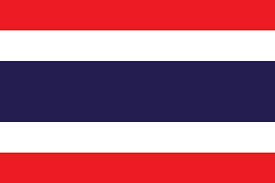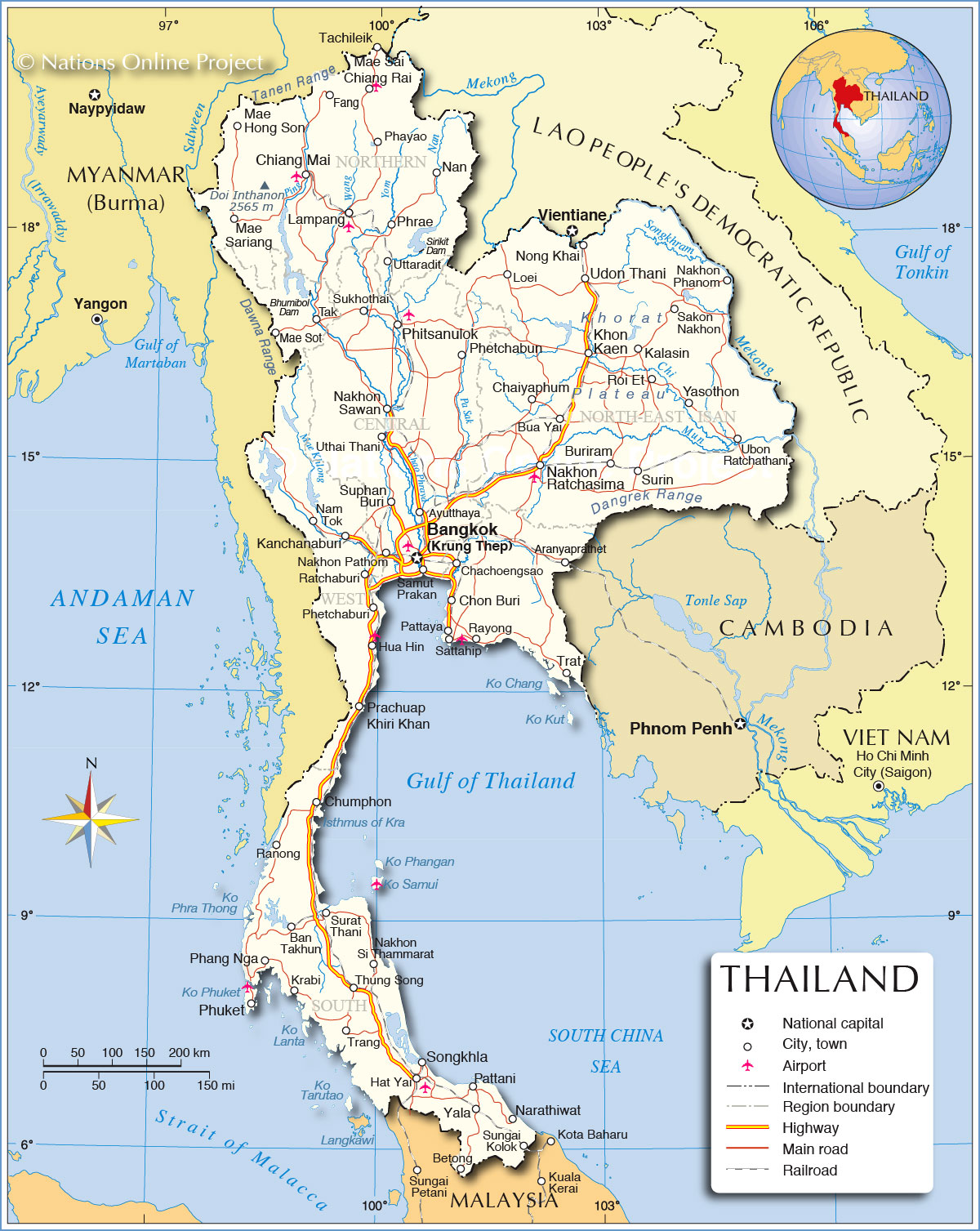
Thailand
National implementation of the ASEAN Agreement on Disaster Management and Emergency Response (AADMER)
Overview of the DRM System
Thailand has a Type D DRM System – Covers the full spectrum of disaster risk management: some elements of DRR, prevention, preparedness, early warning, mitigation, emergency management /response, and early recovery. Establishes specialist national institutions for DRM coordination and at least some local structures or roles. This is the most common type of DRM law found amongst countries with medium to high exposure to hazards that have adopted DRM laws since the mid 1990s. It is not necessarily based on a single law, but may be a mix of laws, regulations and assigned ministerial roles under executive government powers.
Legal framework
The DRM system is established by the Disaster Prevention and Mitigation Act 2007 (DPM Act).
The Defence Organizational Act 2008 is also relevant.
Key national institutions
The DPM Act :
1. establishes the National Disaster Prevention and Mitigation Committee (NDPMC)
2. designates the Department of Disaster Prevention and Mitigation (DDPM) as the primary State agency for disaster risk management.
The law also establishes Disaster Management Command Centers, and Command Centers, at the national level and different government levels. During emergencies, these become the emergency operations centers.
The Ministry of Defence also has a key role, as it operationalizes military disaster response under the Defence Organizational Act 2008.
Sub-national structures
Under the DPM Act Provincial Governors have the main local role. Governors are then required to establish committees to advise them on the Provincial Disaster Prevention and Mitigation Plan. There is a specific committee for Bangkok (DPM Act ss. 15, 17, 34).
Local Administrators are the DRM managers in their areas (DPM Act s. 20).
The Governors also appoint sub-national command centers, which are established at the different government levels to execute disaster management responsibilities. Notably, these also include private sector representatives, and community heads.
Funding and budget
A disaster declaration can be proclaimed for a stricken area by the Ministry of Finance, to release response funds under the Regulations on Disaster Relief Contingency Fund for Affected People Assistance 2003 (and the addendum).
The DPM Act requires that the relevant national or provincial level agency in charge of the planning process, identifies funding for the planned DRM activities.
Integration of the AADMER and AHA Centre
DDPM is the AHA Centre National Focal Point.
Provision on international and regional assistance
The DPM Law does not regulate international assistance. This is set out in the 2015 National Disaster Risk Management Plan and is the primary responsibility of the Ministry of Foreign Affairs. The Ministry of Foreign Affairs (MOFA) is the key coordinating agency for international assistance, and it coordinates and contacts the foreign missions (embassy and consul general) and international organizations residing in Thailand that will most likely extend assistance to the Thai government when a disaster occurs, as well as coordinating with the Department of Disaster Prevention and Mitigation for assistance requests from ASEAN member countries (CFE. 2015. Disaster Management Reference Handbook Thailand p.37)
2015 National Disaster Risk Management Plan:
The 3.3 Role, Function, and Guidelines for Collaborative Disaster Risk Management (NDRMP p.35)
3.3.1 Roles and Functions of ministries and government agencies.
“(4.) Ministry of Foreign Affairs
(4.1) To take responsibility for coordinating with foreign government
agencies and international organizations based in Thailand in support of national disaster risk management efforts.
(4.2) To contact and coordinate the requests for cooperation, assistance and support related to the implementation of disaster risk management activities in pre -, during – and post – disaster phases.
(4.3) To clarify about and provide information on disaster risk management practices to foreign agents as well as foreign embassies in Thailand for the purpose of proceeding in accordance with their authority and duties.”
And
3.3.2 Guidelines for Multi – Agency Joint Operations (NDRMP pp 49-50)
(3) Guidelines for Collaboration with Other Countries and International Organizations
(3.1) In order to receive foreign humanitarian assistance and foreign disaster relief in case of an occurrence of catastrophic disaster (Level 4) and it deems necessary to appeal for such assistance, Ministry of Foreign Affairs is in charge of preparing and submitting proposals for consideration and approval by the National Incident Command Headquarters. Upon on approval by the National Disaster Incident Command Headquarters, Ministry of Foreign Affairs has a responsibility to coordinate with Ministry of Interior (Department of Disaster Prevention and Mitigation) and other relevant agencies, and to further proceed as the principal agency responsible for coordinating requests for assistance from foreign countries.
(3.2) Ministry of Foreign Affairs is in charge of developing the standard operating procedures to be followed by agencies and international organizations when intending to provide and support disaster management assistance to Thailand.
(3.3) In cases where foreign governments or international organizations or international private sector organizations intends to help victims of disaster that occurred in Kingdom of Thailand by providing essential relief supplies, services of personnel or other items, they are required to proceed in conformity with commitment, agreement or international cooperation framework made or agreed on. In this connection, duties will be waived on essential relief supplies, and Ministry of Foreign Affairs will be primarily in charge of carrying out this responsibility.
(3.4) Ministry of Foreign Affairs is in charge of establishing guidelines regarding foreign disaster assistance to be provided by concerned agencies to affected countries upon receiving their requests for support from Thailand.”

Laws, policies, plans and other resources
Laws, policies and plans
2007 Disaster Prevention and Mitigation Act
2010 Disaster Prevention and Mitigation Master Plan 2010-14
2012 Law on National Catastrophe Insurance Fund (Thai version)
2013 Disaster Risk Reduction Handbook (Thai)
2013 Ministry of Finance Regulation on Contingency Fund Advances for Disaster Relief and Emergency Assistance B.E. 2556 (Not available in English)
2014 Disaster Risk Reduction in Development Guidelines (Thai)
2015 National Disaster Risk Management Plan (English)
2016 DDPM National Disaster Warning Center (NDWC) leverage effectively synergies – upgrade
SOP International Assistance Guideline Standard Operating Procedure for International Agen
National reports
2004 National Report for World Conference on Disaster Reduction
2011 National Report on Implementation of the Hyogo Framework for Action
2015 National Report on Implementation of the Hyogo Framework for Action
2017 National Report for Sendai Framework Data for Disaster Readiness
Not available in English.
![]()

